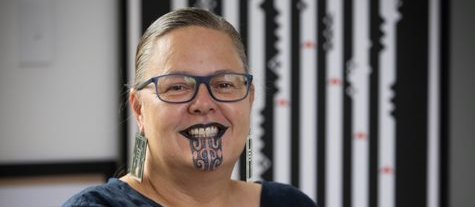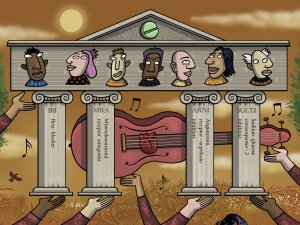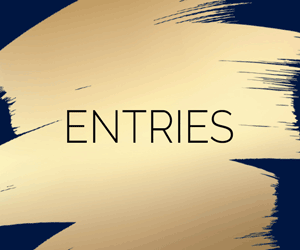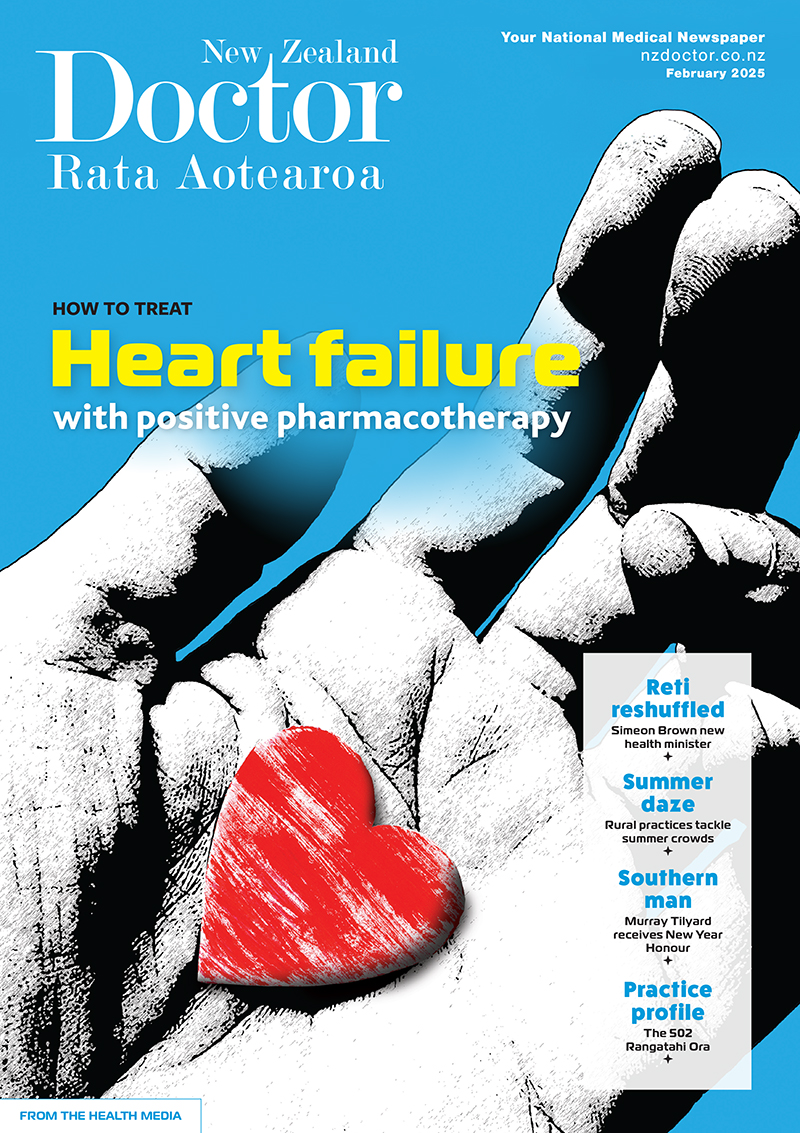Pharmacist prescribers Linda Bryant and Leanne Te Karu discuss positive polypharmacy for heart failure. Current evidence shows the intensive implementation of four medications offers the greatest benefit to most patients with heart failure, with significant reductions in cardiovascular mortality, heart failure hospitalisations and all-cause mortality
Fix: Reforms to provide for Māori voice of rangatiratanga on health issues
Fix: Reforms to provide for Māori voice of rangatiratanga on health issues

In which we provide a short fix of reform news, as we find it, to keep everyone in the loop
“It’s also about a voice in the system, a way to express rangatiratanga in the way we set up the system”
One of the health reforms’ aims is to give expression to the voice of Māori rangatiratanga, health minister Andrew Little says.
Mr Little made the comment on a 26 April online hui about the reforms, hosted by the Ministry of Health. The reform legislation is due back in the House this week for its second reading.
One of the Government’s priorities in designing the reforms has been to ensure the health system honours and embeds the Crown’s obligations under Te Tiriti o Waitangi, Mr Little says.
They are also about improving health status and health access for Māori and others, he says.
“But for Māori, to whom we have an obligation under Te Tiriti, there’s not just a question about providing more or better health services, it’s also about a voice in the system, a way to express rangatiratanga in the way we set up the system.
“And, so, this is one of the things that we want to ensure that the reforms do.”
The hui’s moderator, John Whaanga, the ministry’s deputy director-general, Māori health, asked Mr Little and the other two speakers, interim Māori Health Authority chief executive Riana Manuel and director-general of health Ashley Bloomfield, how health leaders can work to embed Te Tiriti into the public health system.
Mr Little replied: “The treaty is about rangatiratanga and kāwanatanga.”
It is also about giving Māori a voice, he says. “It's about decision-making rights and for Māori to lead their people as contemplated by the treaty.
“My expectation is with the operating model we've got is that the Māori Health Authority and along with their engagement with iwi-Māori partnership boards reflecting that iwi voice, and the resourcing decisions that the government of the day makes, it takes us a step towards rangatiratanga for Māori.”
Mr Little went on to explain his views on partnership, framing his comments as a response to the current political controversy over co-governance.
Opposition parties have raised concerns about co-governance, seeing the Māori Health Authority as an example of the concept.
Mr Little says the treaty “always was a shared objective for the Crown and for Māori and that doesn't change…
“But the way Government through its agencies and departments conducts itself can properly reflect what the vision of the Treaty was: Māori empowered to make decisions for Māori. I think Riana talked about sharing of power and resources; that is what it is about, in the context of the progress of our nation state, Aotearoa New Zealand, and the two sit very comfortably together, which was what the treaty was always about.”
Ms Manuel earlier made clear to hui listeners that the Māori Health Authority is a Crown entity and should not be construed as a partner to the Crown under Te Tiriti.
“…one of the exciting and challenging aspects of this role [as chief executive],” she says, “will be making sure that whilst as a Crown entity we are not one of the Te Tiriti partners…that relationship between iwi and the Crown will underpin the relationship that myself and my colleagues at Health New Zealand will have, including the partnerships we have with te Manatū Hauora or the Ministry of Health as well.”
Mr Little, in his Cabinet paper proposing the reforms a year ago, spelt out who would he believed would hold the treaty partner role.
“…at the local level I see a critical role for empowered iwi-Māori partnership boards to reflect the voice of Māori and act as a Tiriti partner to Health NZ and the Māori Health Authority,” the paper said.
Dr Bloomfield says he is excited about the reforms
"The reforms, underpinning them, have this special relationship between Māori and the Crown which we know exists under Te Tiriti o Waitangi.
"An inclusive Te Tiriti health system will help us achieve pae ora [healthy futures] through enabling mana motuhake and tino rangatiratanga.”
Te Tiriti o Waitangi, written in te reo Māori, contains different meanings from the English language Treaty of Waitangi, but there are also close parallels.
These can be highlighted by reading the late Sir Hugh Kawharu’s English translation of Te Tiriti alongside the actual texts of Te Tiriti and the Treaty (see links at the end of this article).
Key differences are:
Te Tiriti
- In Te Tiriti, chiefs ceded kāwanatanga (government) to the Queen of England
- Māori were guaranteed tino rangatiratanga (unqualified exercise of chieftainship and complete control under customs) over Māori lands, villages and treasures
The treaty
- In the Treaty, the chiefs ceded sovereignty
- Māori were guaranteed full exclusive and undisturbed possession of Māori lands, estates, forests fisheries and other properties
We're publishing this article as a FREE READ so it is FREE to read and EASY to share more widely. Please support us and the hard work of our journalists by clicking here and subscribing to our publication and website



